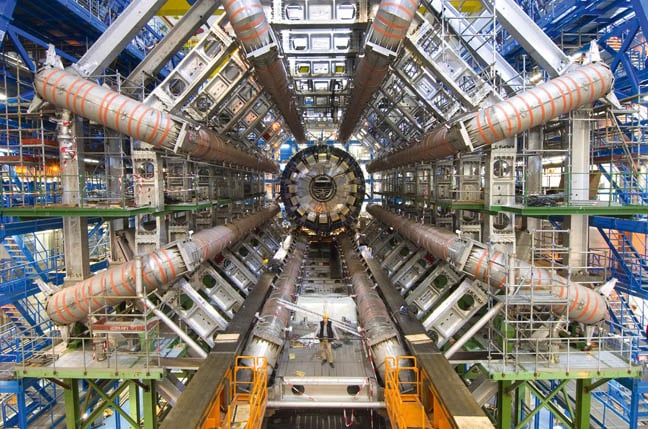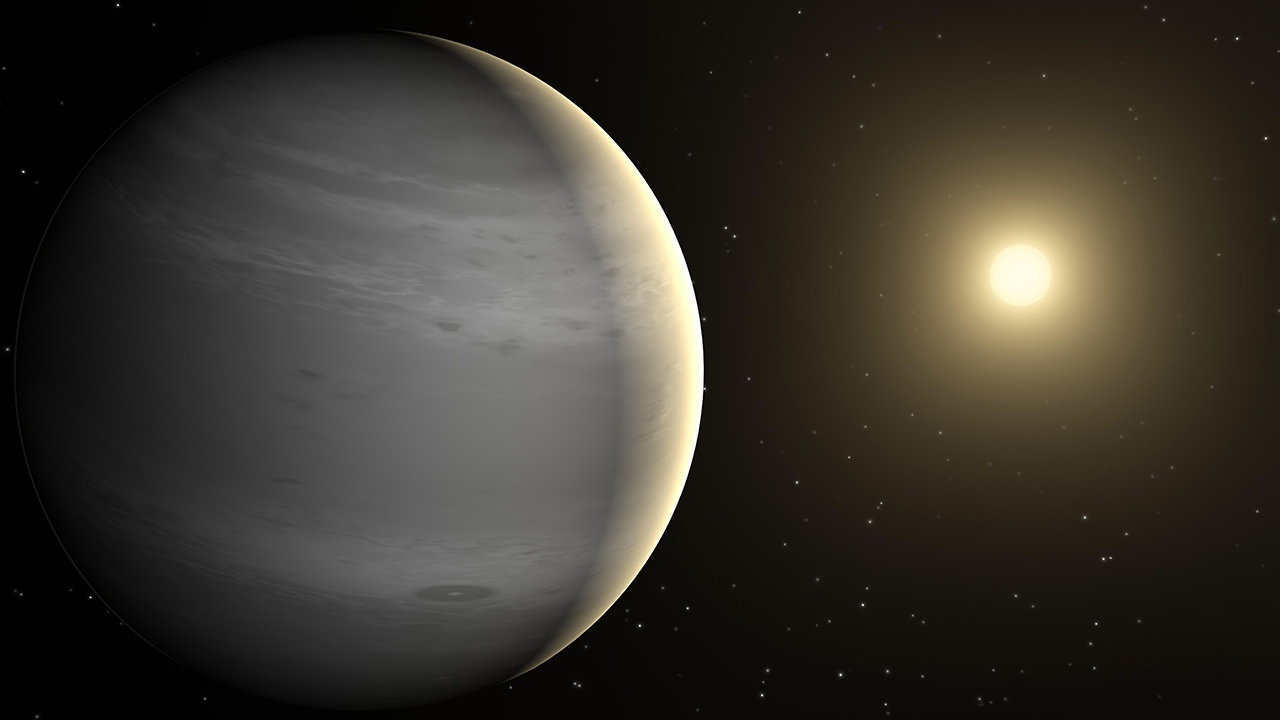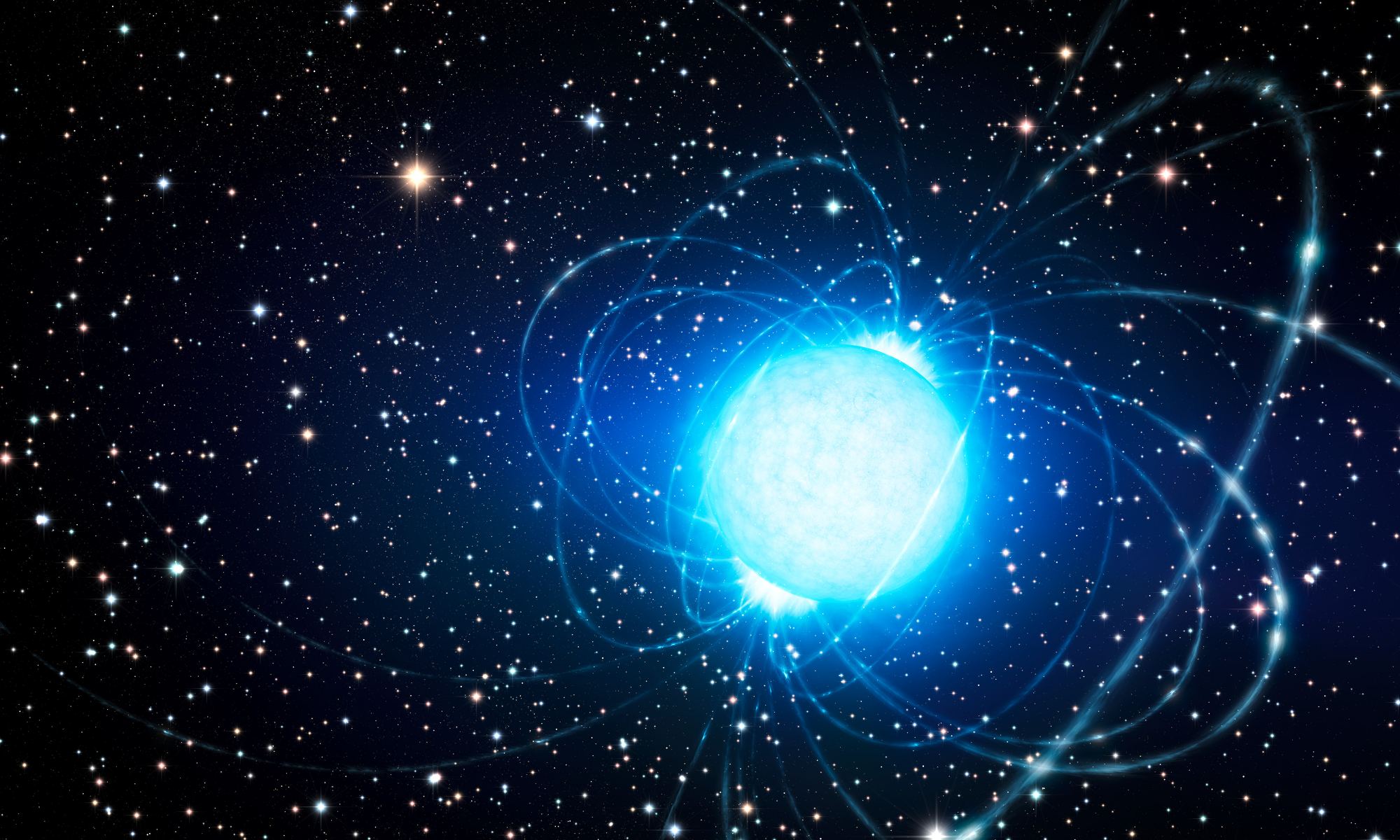Human spaceflight is not the easiest of enterprises. NASA have let us know that their plans for the Mars Sample Return Mission have changed. The original plan was to work with ESA to collect samples from Perseverance and return them to Earth by 2031. Alas like many things, costs were increasing and timescales were slipping and with the budget challenges, NASA has had to rework their plan. Administrator Bill Nelson has now shared a simpler, less expensive and less risk alternative.
Continue reading “The Current Mars Sample Return Mission isn’t Going to Work. NASA is Going Back to the Drawing Board”Peter Higgs Dies at 94
Just like Isaac Newton, Galileo and Albert Einstein, I’m not sure exactly when I became aware of Peter Higgs. He has been one of those names that anyone who has even the slightest interest in science, especially physics, has become aware of at some point. Professor Higgs was catapulted to fame by the concept of the Higgs Boson – or God Particle as it became known. Sadly, this shy yet key player in the world of physics passed away earlier this month.
Continue reading “Peter Higgs Dies at 94”More Views of the 2024 Eclipse, from the Moon and Earth Orbit
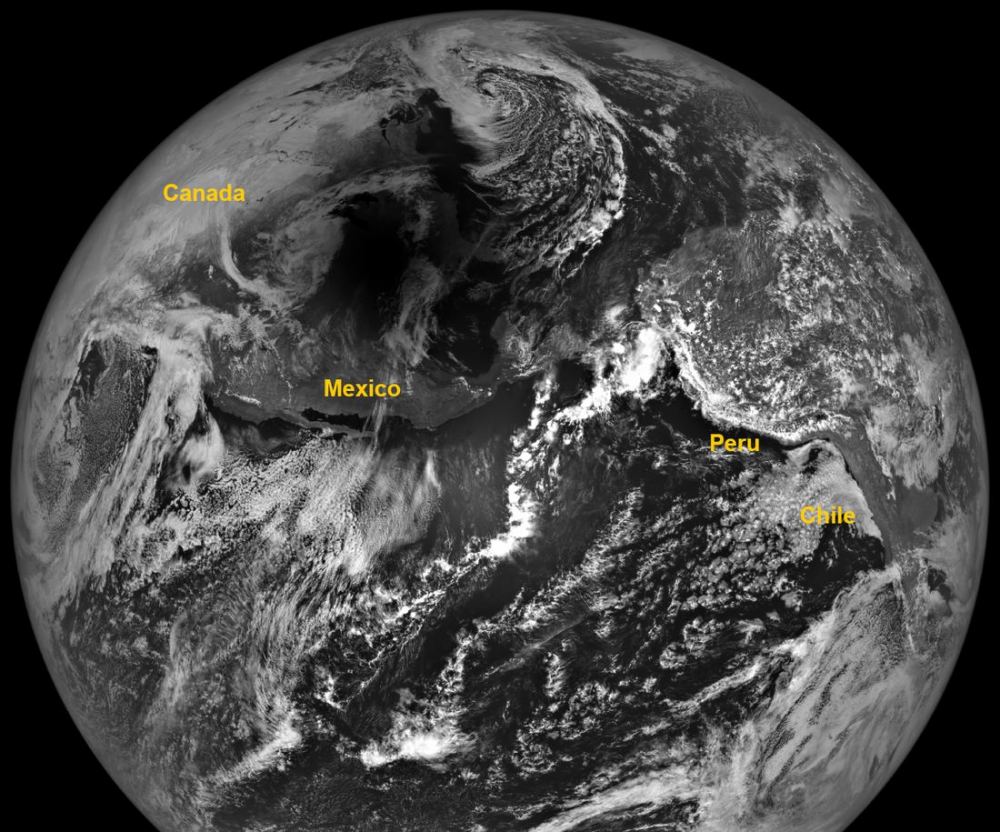
It’s been just over a week since millions of people flocked to places across North America for a glimpse of moonshadow. The total solar eclipse of April 8th, 2024 was a spectacular sight for many on the ground. From space, however, it was even more impressive as Earth-observing satellites such as GOES-16 captured the sight of the shadow sweeping over Earth.
Continue reading “More Views of the 2024 Eclipse, from the Moon and Earth Orbit”Baby Stars Discharge “Sneezes” of Gas and Dust
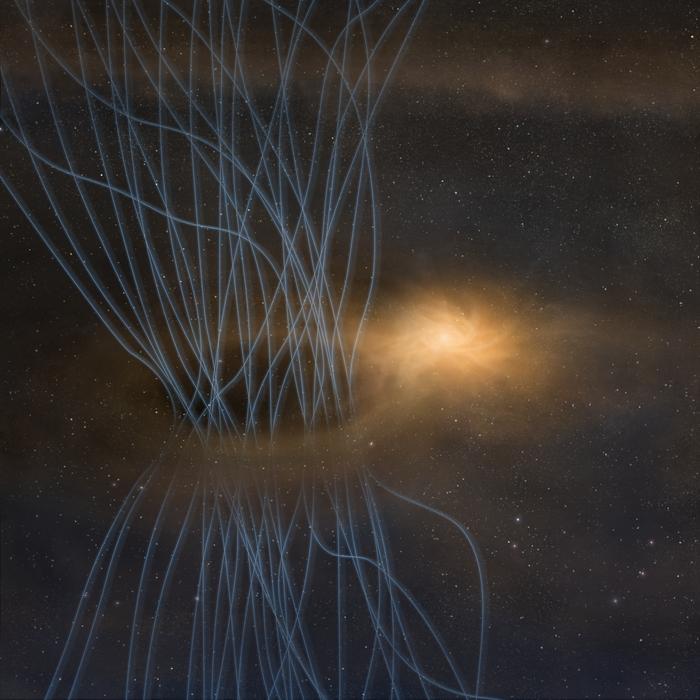
I’m really not sure what to call it but a ‘dusty sneeze’ is probably as good as anything. We have known for some years that stars surround themselves with a disk of gas and dust known as the protostellar disk. The star interacts with it, occasionally discharging gas and dust regularly. Studying the magnetic fields revealed that they are weaker than expected. A new proposal suggests that the discharge mechanism ‘sneezes’ some of the magnetic flux out into space. Using ALMA, the team are hoping to understand the discharges and how they influence stellar formation.
Continue reading “Baby Stars Discharge “Sneezes” of Gas and Dust”How Did Pluto Get Its Heart? Scientists Suggest an Answer
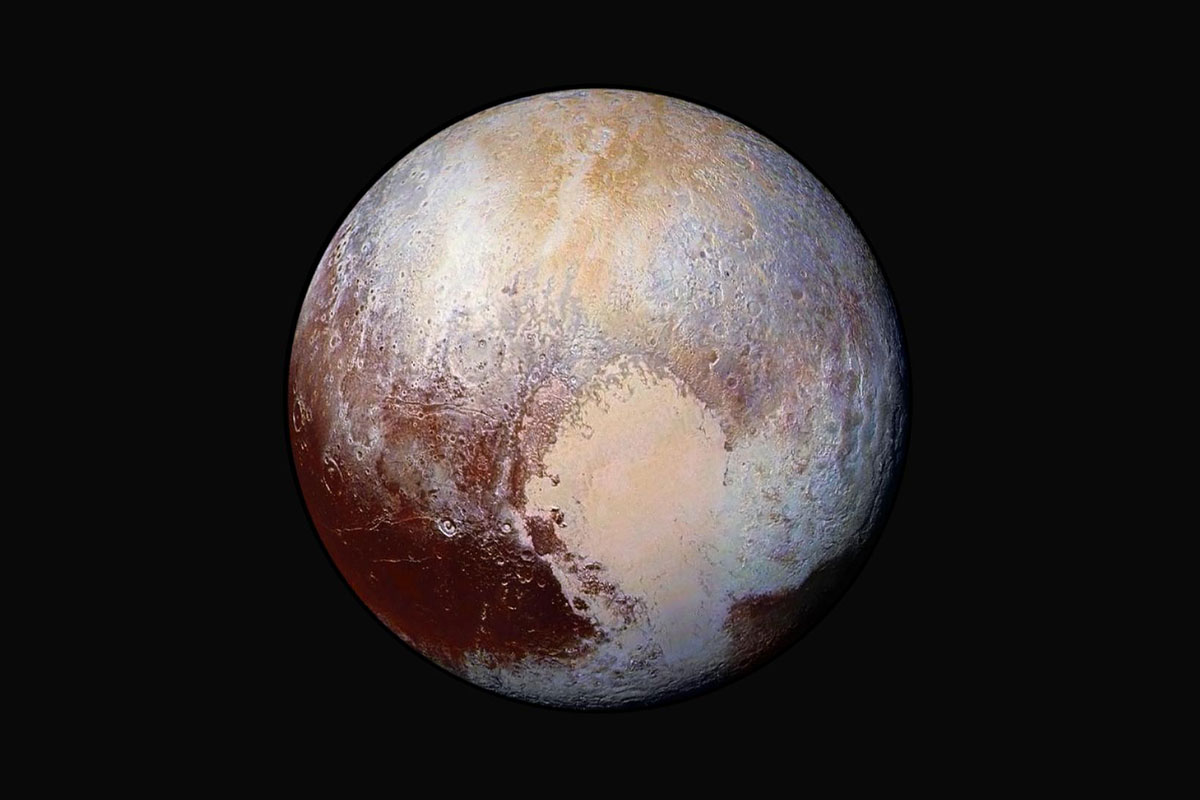
The most recognizable feature on Pluto is its “heart,” a relatively bright valentine-shaped area known as Tombaugh Regio. How that heart got started is one of the dwarf planet’s deepest mysteries — but now researchers say they’ve come up with the most likely scenario, involving a primordial collision with a planetary body that was a little more than 400 miles wide.
The scientific term for what happened, according to a study published today in Nature Astronomy, is “splat.”
Astronomers from the University of Bern in Switzerland and the University of Arizona looked for computer simulations that produced dynamical results similar to what’s seen in data from NASA’s New Horizons probe. They found a set of simulations that made for a close match, but also ran counter to previous suggestions that Pluto harbors a deep subsurface ocean. They said their scenario doesn’t depend on the existence of a deep ocean — which could lead scientists to rewrite the history of Pluto’s geological evolution.
Continue reading “How Did Pluto Get Its Heart? Scientists Suggest an Answer”The Milky Way’s Role in Ancient Egyptian Mythology

Look through the names and origins of the constellations and you will soon realise that many cultures had a hand in their conceptualisation. Among them are the Egyptians who were fantastic astronomers. The movement of the sky played a vital role in ancient Egypt including the development of the 365 day year and the 24 hour day. Like many other cultures they say the Sun, Moon and planets as gods. Surprisingly though, the bright Milky Way seems not to have played a vital role. Some new research suggests that this may not be the case and it may have been a manifestation of the sky goddess Nut!
Continue reading “The Milky Way’s Role in Ancient Egyptian Mythology”You Can't Know the True Size of an Exoplanet Without Knowing its Star's Magnetic Field
In 2011, astronomers with the Wide Angle Search for Planets (WASP) consortium detected a gas giant orbiting very close to a Sun-like (G-type) star about 700 light-years away. This planet is known as WASP-39b (aka. “Bocaprins”), one of many “hot Jupiters” discovered in recent decades that orbits its star at a distance of less than 5% the distance between the Earth and the Sun (0.05 AU). In 2022, shortly after the James Webb Space Telescope (JWST) it became the first exoplanet to have carbon dioxide and sulfur dioxide detected in its atmosphere.
Alas, researchers have not constrained all of WASP-39b’s crucial details (particularly its size) based on the planet’s light curves, as observed by Webb. which is holding up more precise data analyses. In a new study led by the Max Planck Institute for Solar System Research (MPS), an international team has shown a way to overcome this obstacle. They argue that considering a parent star’s magnetic field, the true size of an exoplanet in orbit can be determined. These findings are likely to significantly impact the rapidly expanding field of exoplanet study and characterization.
Continue reading “You Can't Know the True Size of an Exoplanet Without Knowing its Star's Magnetic Field”Stellar Winds Coming From Other Stars Measured for the First Time

An international research team led by the University of Vienna has made a major breakthrough. In a study recently published in Nature Astronomy, they describe how they conducted the first direct measurements of stellar wind in three Sun-like star systems. Using X-ray emission data obtained by the ESA’s X-ray Multi-Mirror-Newton (XMM-Newton) of these stars’ “astrospheres,” they measured the mass loss rate of these stars via stellar winds. The study of how stars and planets co-evolve could assist in the search for life while also helping astronomers predict the future evolution of our Solar System.
Continue reading “Stellar Winds Coming From Other Stars Measured for the First Time”Neutron Stars Could be Heating Up From Dark Matter Annihilation
One of the big mysteries about dark matter particles is whether they interact with each other. We still don’t know the exact nature of what dark matter is. Some models argue that dark matter only interacts gravitationally, but many more posit that dark matter particles can collide with each other, clump together, and even decay into particles we can see. If that’s the case, then objects with particularly strong gravitational fields such as black holes, neutron stars, and white dwarfs might capture and concentrate dark matter. This could in turn affect how these objects appear. As a case in point, a recent study looks at the interplay between dark matter and neutron stars.
Continue reading “Neutron Stars Could be Heating Up From Dark Matter Annihilation”The Brightest Gamma Ray Burst Ever Seen Came from a Collapsing Star
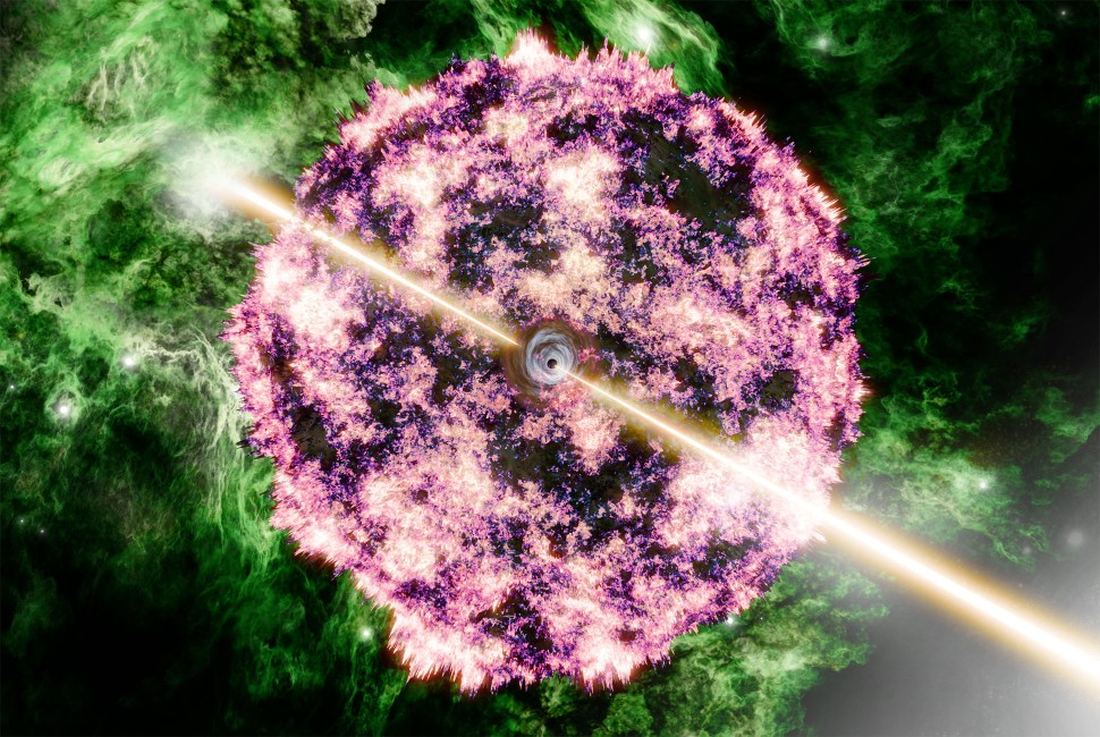
After a journey lasting about two billion years, photons from an extremely energetic gamma-ray burst (GRB) struck the sensors on the Neil Gehrels Swift Observatory and the Fermi Gamma-Ray Space Telescope on October 9th, 2022. The GRB lasted seven minutes but was visible for much longer. Even amateur astronomers spotted the powerful burst in visible frequencies.
It was so powerful that it affected Earth’s atmosphere, a remarkable feat for something more than two billion light-years away. It’s the brightest GRB ever observed, and since then, astrophysicists have searched for its source.
Continue reading “The Brightest Gamma Ray Burst Ever Seen Came from a Collapsing Star”

